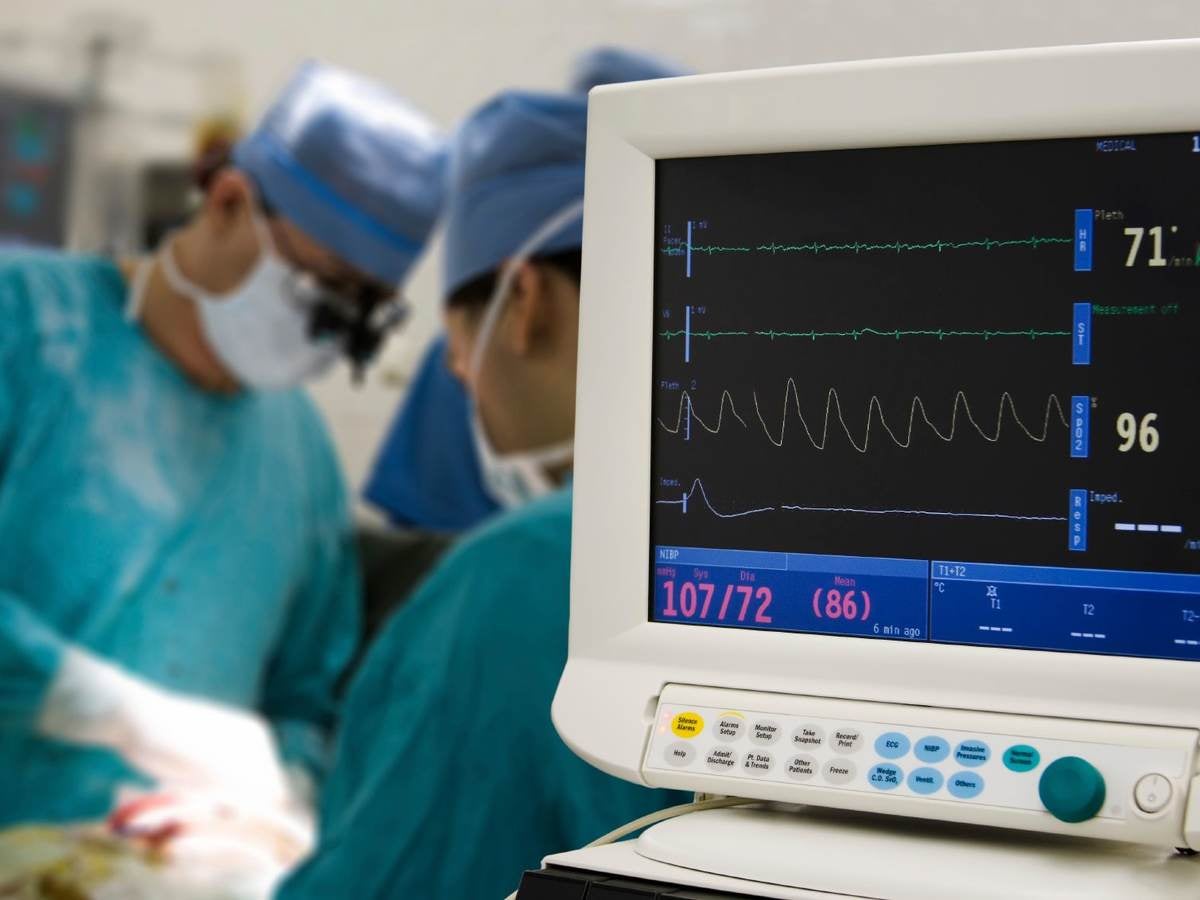June 24, 2021
Late last year I received a call from my brother: our mom was in the emergency room and something was wrong with her heart. She was stable and alert with no symptoms, but something wasn’t right. We received an update later that she would be fine after having a pacemaker implanted. We also learned that earlier that day, at a routine appointment, a healthcare professional had discovered that my mom had a dangerously low heart rate and needed immediate medical attention. Her heart had complete blockage and was experiencing difficulty sustaining normal rhythm – something a pacemaker could fix.
Interestingly, my mom wears a fitness tracker on her wrist and later was looking through her data log on the app connected with her tracker. After checking the log, she saw that her dangerously low heart rate was not something new – it had been that low for nearly an entire year. Heart rate was not a feature she regularly used on her tracker, but had she been checking it, she could have known about her diagnosis and addressed the problem sooner. Knowing the data was there, but not checked, poses the question: should her tracker have notified her of her low heart rate? If it had, would she have followed up on it?
Striking a balance to save lives with personal health data
As manufacturers continue to innovate fitness tracking technology, health alert notifications are on the list of considerations for features that will soon become more common. There is certainly a balance to strike between simple fitness tracker and complex diagnostic medical device, but in some cases, a simple notification (e.g., alerting users about continuously low heart rate) might prompt users to follow up with a healthcare professional, which could be life-saving. However, many questions arise as the overlap among wearable devices, consumer technology, and medical devices broadens. Is it the responsibility of a wearable manufacturer to make sure users can receive notifications and easily find pertinent information? How does one add beneficial features to consumer products without overstepping the bounds of seeing an actual healthcare professional?
Personal health data is becoming more accessible and beneficial to users. As medical technology converges with consumer products, we open doors to new sources of information; but prudent precaution must be taken. Designing medical devices and applications such that users know how to access and interpret their health data is extremely important, and we see that thoughtful and careful design might just save someone’s life. As a human factors engineer who specializes in medical devices, this story is a personal reminder that every safe and user-friendly design carries life-saving potential not only for strangers – but for people we love.
Emilee Stanczyk is Senior Human Factors Specialist at Emergo by UL's Human Factors Research & Design division.
Learn more about human factors engineering for medical devices and IVDs:
- HFE user research support for medical devices, IVDs, and combination products
- Medical device and product evaluation
- Webinar: Human factors engineering for medical devices
- Webinar: Safe in-person usability testing during COVID-19
Request information from our specialists
Thanks for your interest in our products and services. Let's collect some information so we can connect you with the right person.



